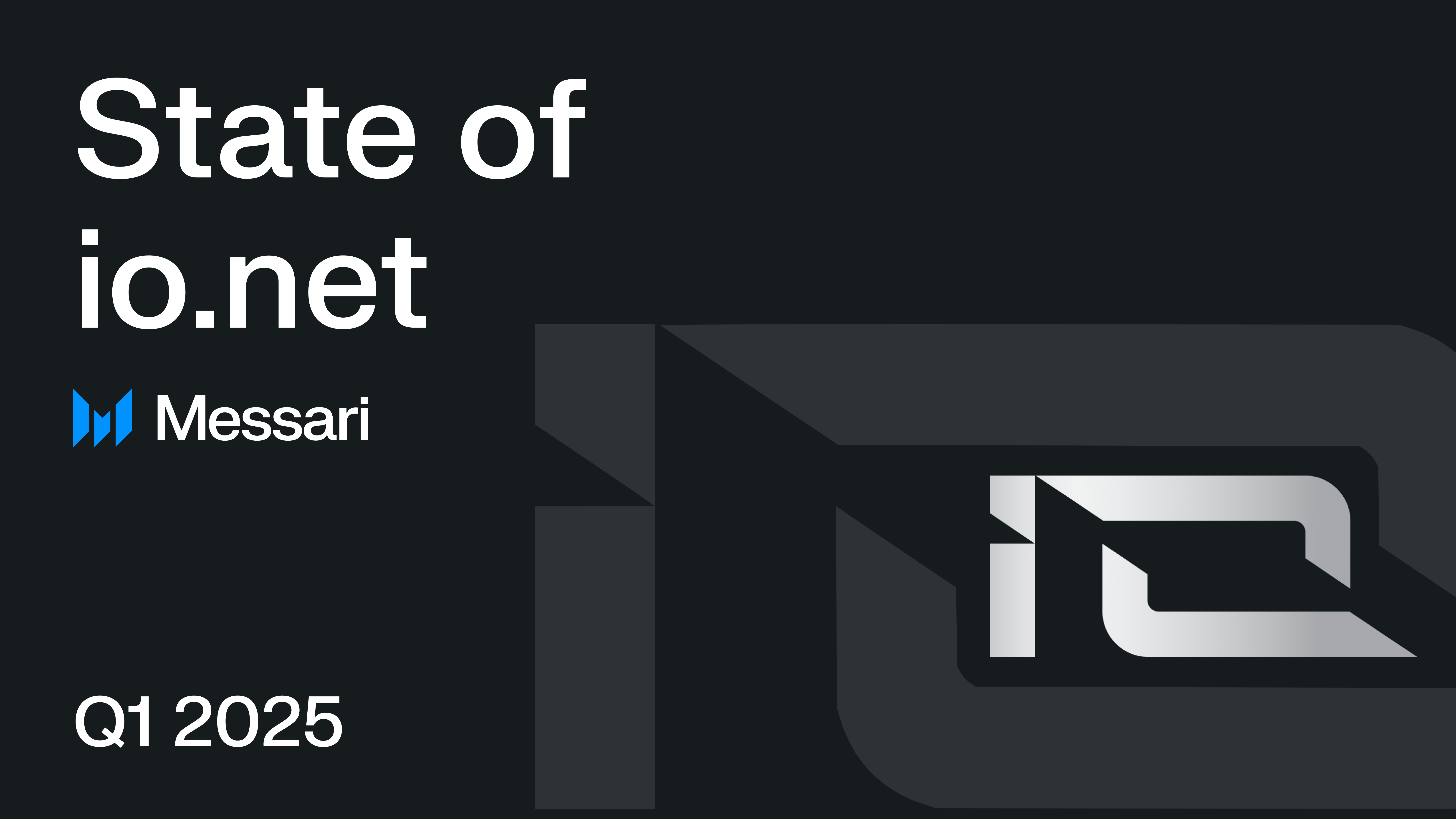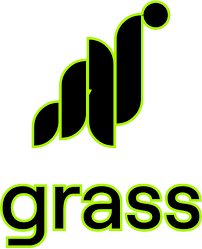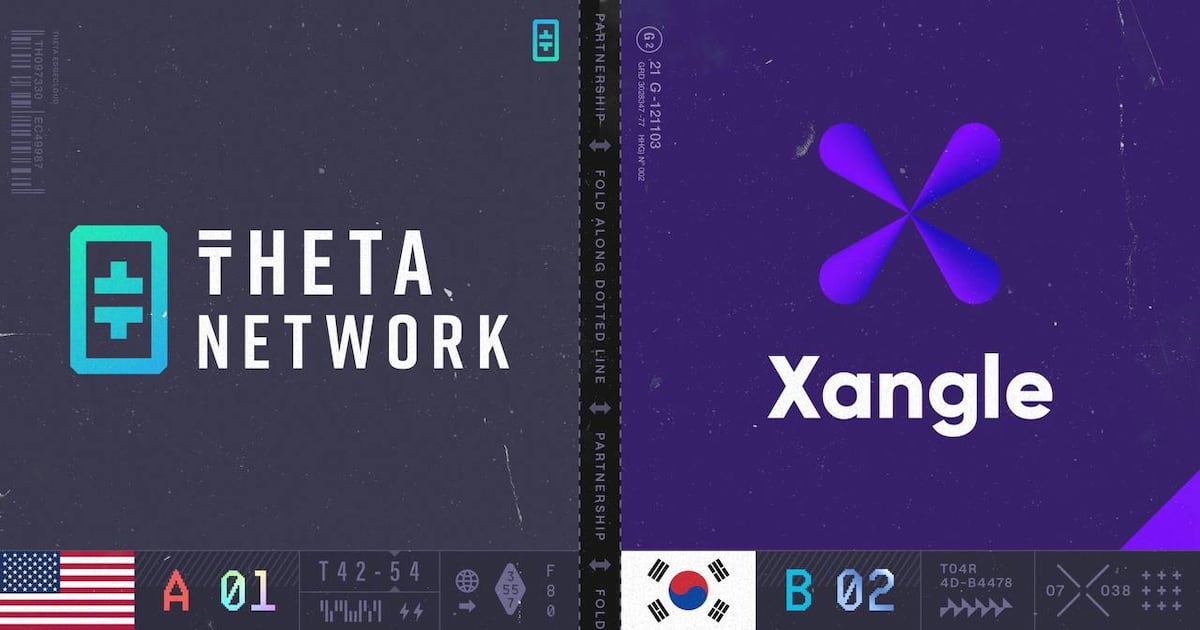Enhancing Context Recall in Retrieval-Augmented Generation
Retrieval-augmented generation (RAG) has emerged as a pivotal method for integrating large language models (LLMs) into specialized business applications, enabling the infusion of proprietary data into model responses. Despite its effectiveness during the proof of concept (POC) phase, developers often face significant accuracy drops when transitioning RAG into production. This issue is particularly pronounced during the retrieval phase, where the aim is to accurately fetch the most relevant context for a given query, a metric known as context recall. This article delves into strategies for enhancing context recall by customizing and fine-tuning embedding models, ultimately improving RAG’s performance in real-world applications.
RAG operates in two main steps: retrieval and generation. In the retrieval phase, the model converts text into vectors, indexes, retrieves, and re-ranks these vectors to identify the top matches. However, failures in this phase can lead to missed relevant contexts, resulting in lower context recall and less accurate generation outputs. One effective solution is to adapt the embedding model, which is designed to understand relationships between text data, to produce embeddings that are specific to the dataset being used. This fine-tuning allows the model to generate similar vectors for similar sentences, enhancing its ability to retrieve context that is highly relevant to the query.
To improve context recall, it is essential to prepare a tailored dataset that reflects the types of queries the model will encounter. This involves extracting a diverse range of questions from the knowledge base, paraphrasing them for variability, and organizing them by relevance. Additionally, constructing an evaluation dataset helps assess the model’s performance in a realistic setting. By employing an Information Retrieval Evaluator, developers can measure metrics like Recall@k and Precision@k to gauge retrieval accuracy. Ultimately, fine-tuning the embedding model can lead to substantial improvements in context recall, ensuring that RAG remains accurate and reliable in production environments.
Related News





